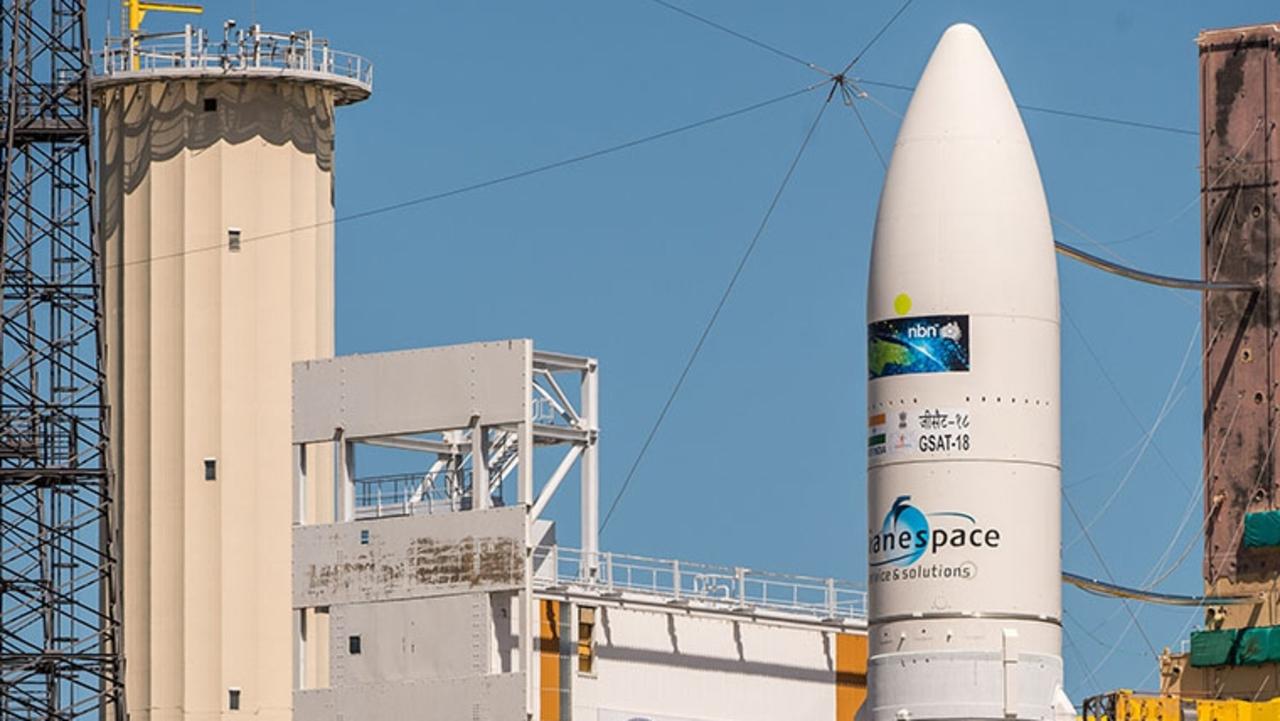Real world test of 5G network showed speeds 60 times faster than those offered by the NBN
WHAT if we told you it was possible to download a full HD episode of Game of Thrones in half a second? Well, get excited because this will soon be possible.

AN EXPLOSION in mobile data traffic and connected devices means demand for a new generation of wireless infrastructure has never been higher.
Thankfully, the telecommunications industry is starting to test “5G” networks — the next generation of wireless technology that will replace 4G.
Although the metrics that define the global standard for the 5G network are yet to be set, it promises to beat its predecessor by offering faster speeds and lower latency — a shorter time interval between sending and receiving data.
While technology already works in a laboratory environment, there have been doubts over just how well it will perform in the real world.
Verizon and Ericsson recently decided to test the 5G network on a moving target — a car being driven around a racetrack — and were able to record a 6.4gb/s connection.
To put this into perspective, the NBN is capable or delivering speeds up to 100mb/s, which means the 5G network is more than 60 times faster.
Despite being undisclosed, those involved in the test said the 5G network offered “extremely low latency” and was quicker than the 50 milliseconds seen on a 4G connection.
Even though the rollout of the 5G network is still a while off, this is a promising result if it could be replicated in Australia.
When the technology does become readily available, it is expected to have drastic impacts on three major sectors.
DOWNLOADABLE CONTENT
The introduction of ultra-HD video quality and the rise of online streaming is one major trend that will benefit from the introduction of a new generation of wireless infrastructure.
With 5G predicted to offer speeds as high as 10 gigabits per second, the service will be up to 100 times faster than the current 4G network and also faster than pre-existing broadband.
While the current 4G offering of speeds more than 15 megabits per second is fast enough to stream songs off Apple Music, stream video content from Netflix or browse the internet, the introduction of 5G will offer a whole new plethora of opportunities.
However, none are more appealing than the ability to download ultra high-definition movies or television seasons, almost instantaneously.
DRIVERLESS CARS
With experts predicting self-driving cars to be used on Australian roads by as soon 2020, the push for 5G technology has never been more important.
To live up to the promise of reducing accidents and saving lives, it will be essential for the technology to communicate with its surroundings in real time.
According to an industry report from CTIA, the nature of 5G should provide such capabilities.
“A self-driving car travelling at roughly 60mph will move just over one inch from the time it identifies an obstacle to the time when the braking command is executed. This performance is comparable to a standard anti-lock braking system,” the report read.
“By contrast, with the latency on a 4G LTE network, the car would move 4.6 feet under the same conditions.”
A CONNECTED WORLD
With the “internet of things” continuing to evolve, we are seeing a whole world of connected devices such as wearables, household gadgets and sensors embedded in industrial products.
According to tech giant Intel, there will be more than 50 billion connected devices and systems worldwide by 2020.
While each of these connected devices might not use much data individually, combined they become sapping on bandwidth.
The introduction of the 5G will see the cellular network shift from a personal communications platform to a computing platform offering universal connectivity.
As the 5G network will offer lower latency, there will be little to no delay between data requests from these devices.
This will be especially vital as virtual reality becomes standard in homes across the globe, as lower latency will offer seamless streaming, which will remove the nauseating feeling often associated with the technology.
Are you excited for 5G? Continue the conversation in the comments below or with Matthew Dunn on Facebook and Twitter.



